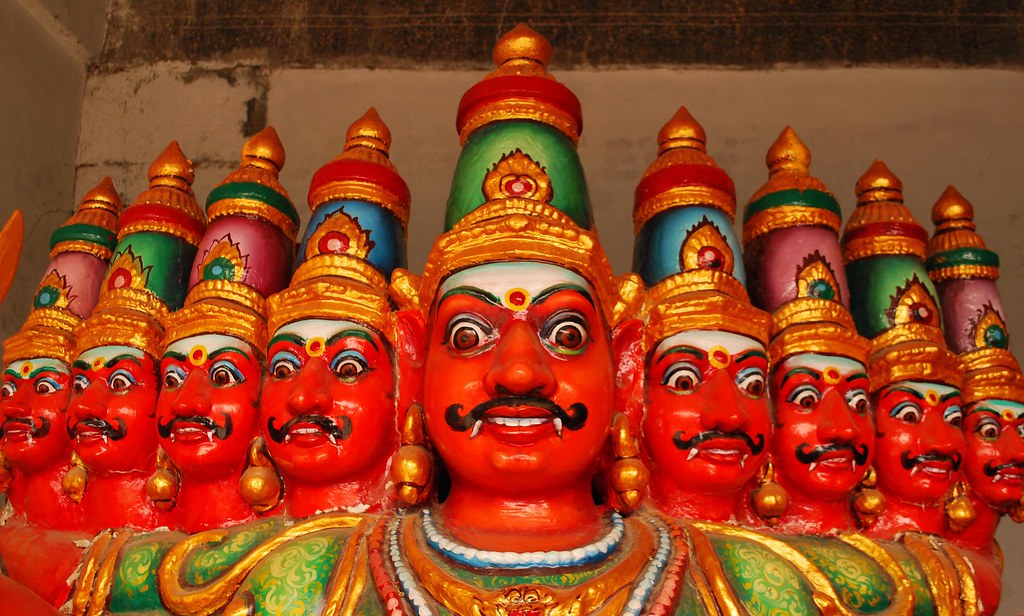Title: The Significance of Ravan Dahan: Triumph of Good Over Evil
Ravan Dahan, also known as the burning of Ravana effigies, is a prominent tradition during the celebration of Dussehra in India. It’s a symbolic and colorful ritual that holds deep cultural and spiritual significance. In this blog, we’ll explore the historical background and the rich symbolism behind Ravan Dahan.
The Legend of Dussehra:
Dussehra, also known as Vijayadashami, marks the end of the nine-day Navaratri festival. It falls on the tenth day, symbolizing the victory of good over evil. The legend behind Dussehra revolves around the epic Hindu mythological text, the Ramayana. It narrates the tale of Lord Rama, an avatar of Lord Vishnu, and his triumph over the demon king Ravana.
The Victory of Lord Rama:
According to the Ramayana, Ravana was a powerful and arrogant demon king who had kidnapped Lord Rama’s wife, Sita. To rescue her and vanquish the evil Ravana, Lord Rama, aided by his loyal allies including Hanuman, waged a great battle. After a fierce confrontation, Lord Rama finally defeated Ravana on the tenth day, which is celebrated as Dussehra. It is believed that the victory of Lord Rama symbolizes the victory of righteousness and truth over wickedness and deceit.
The Symbolism of Ravan Dahan:
- Triumph of Good Over Evil: Ravan Dahan is a public reenactment of Lord Rama’s victory. The burning of Ravana’s effigy signifies the eradication of evil forces from one’s life and society.
- Veneration of Dharma: The story of Rama teaches valuable lessons about adhering to one’s dharma (duty) and principles. Ravan Dahan reinforces the importance of righteousness and ethical conduct.
- Renewal and Purity: The burning of Ravana’s effigy is also seen as a purification ritual. It symbolizes the cleansing of one’s inner self, eliminating negative tendencies, and emerging as a better and more virtuous person.
- Unity and Celebration: Dussehra brings people together in a collective celebration of victory and the onset of festive seasons. It fosters a sense of unity and community.
- Reflection: Ravan Dahan encourages individuals to reflect on their actions and choices. It serves as a reminder that goodness and justice always prevail, and that one should strive to follow the path of truth and morality.
The Grand Ravan Dahan Celebrations:
In India, especially in the northern parts, Ravan Dahan is celebrated with great enthusiasm. Elaborate effigies of Ravana, his brother Kumbhakarna, and his son Meghnad are constructed. These effigies are filled with fireworks and set ablaze, creating a spectacular display of lights and sounds.
People from all walks of life gather to witness this event, and it’s often accompanied by traditional dances, music, and cultural performances. It’s a time when communities come together to enjoy the festivities, share food, and exchange greetings.
In Conclusion:
Ravan Dahan is a symbolic ritual that goes beyond the burning of effigies; it celebrates the enduring belief in the victory of good over evil. It reminds us that, no matter how powerful or sinister the forces of darkness may seem, they will ultimately be defeated by the forces of righteousness and truth. This celebration is a testament to the timeless values that continue to guide and inspire people in their daily lives.


